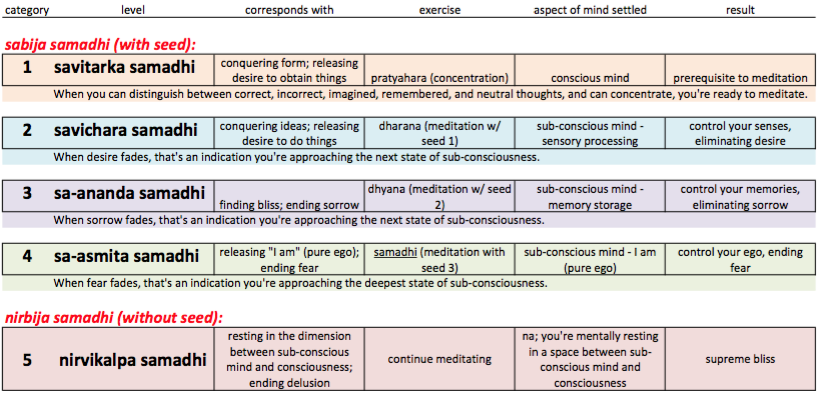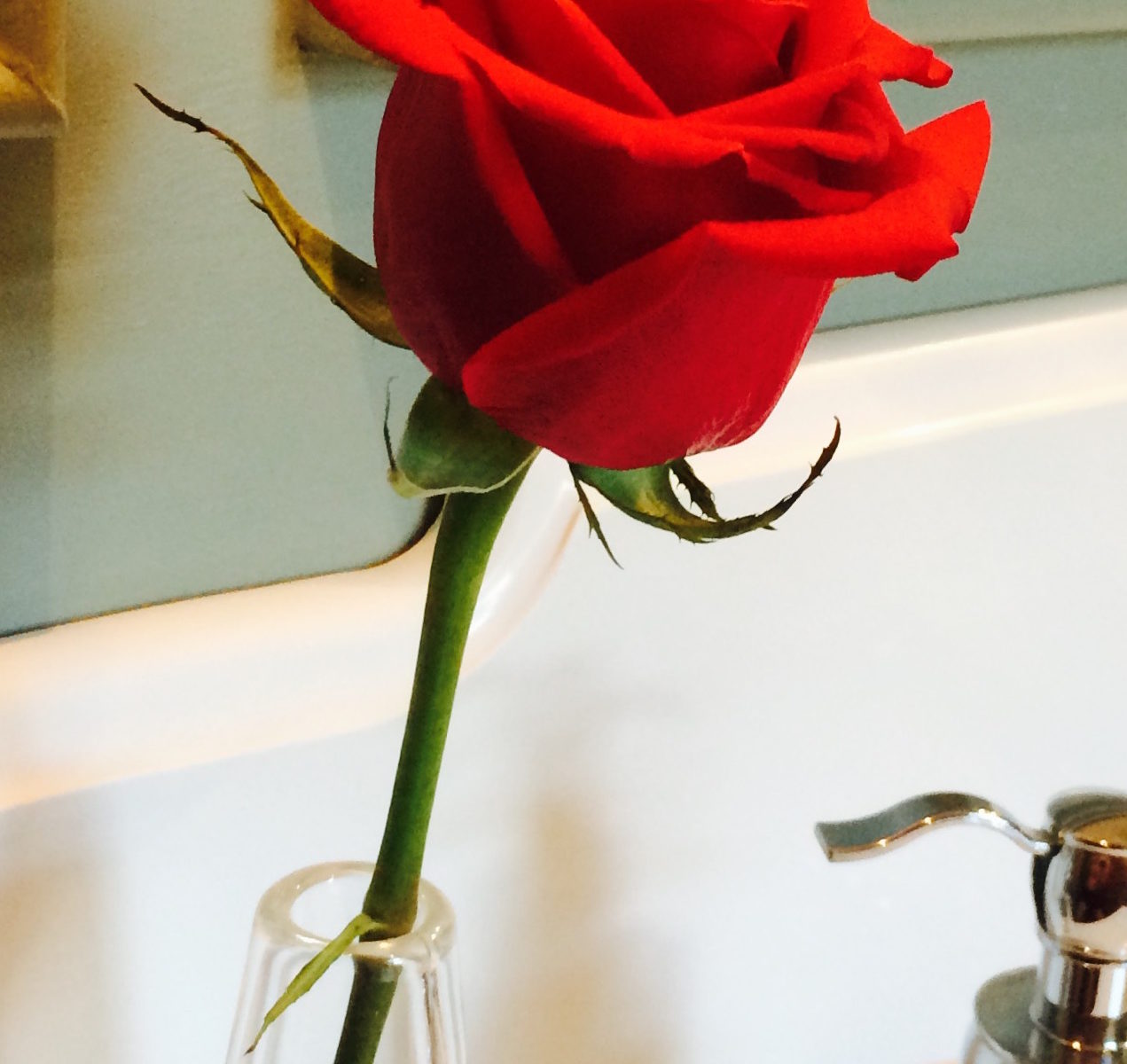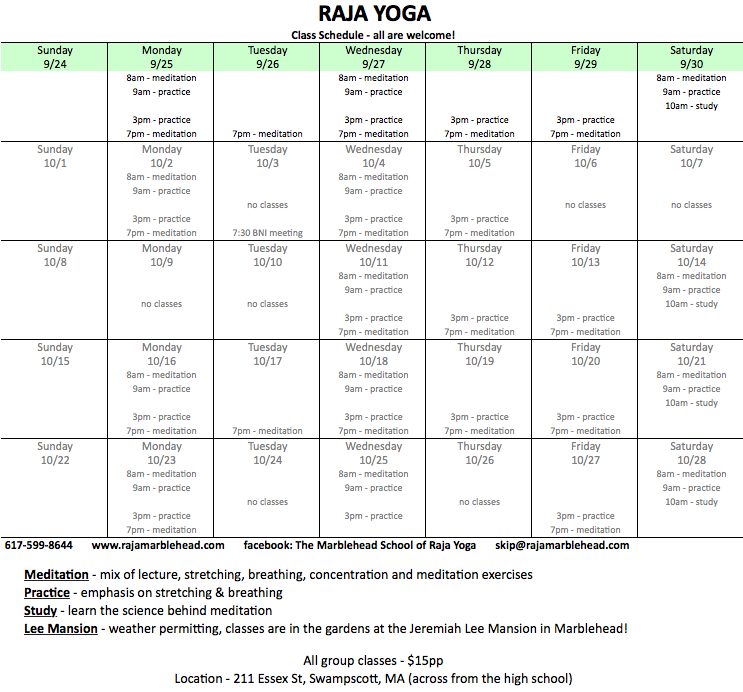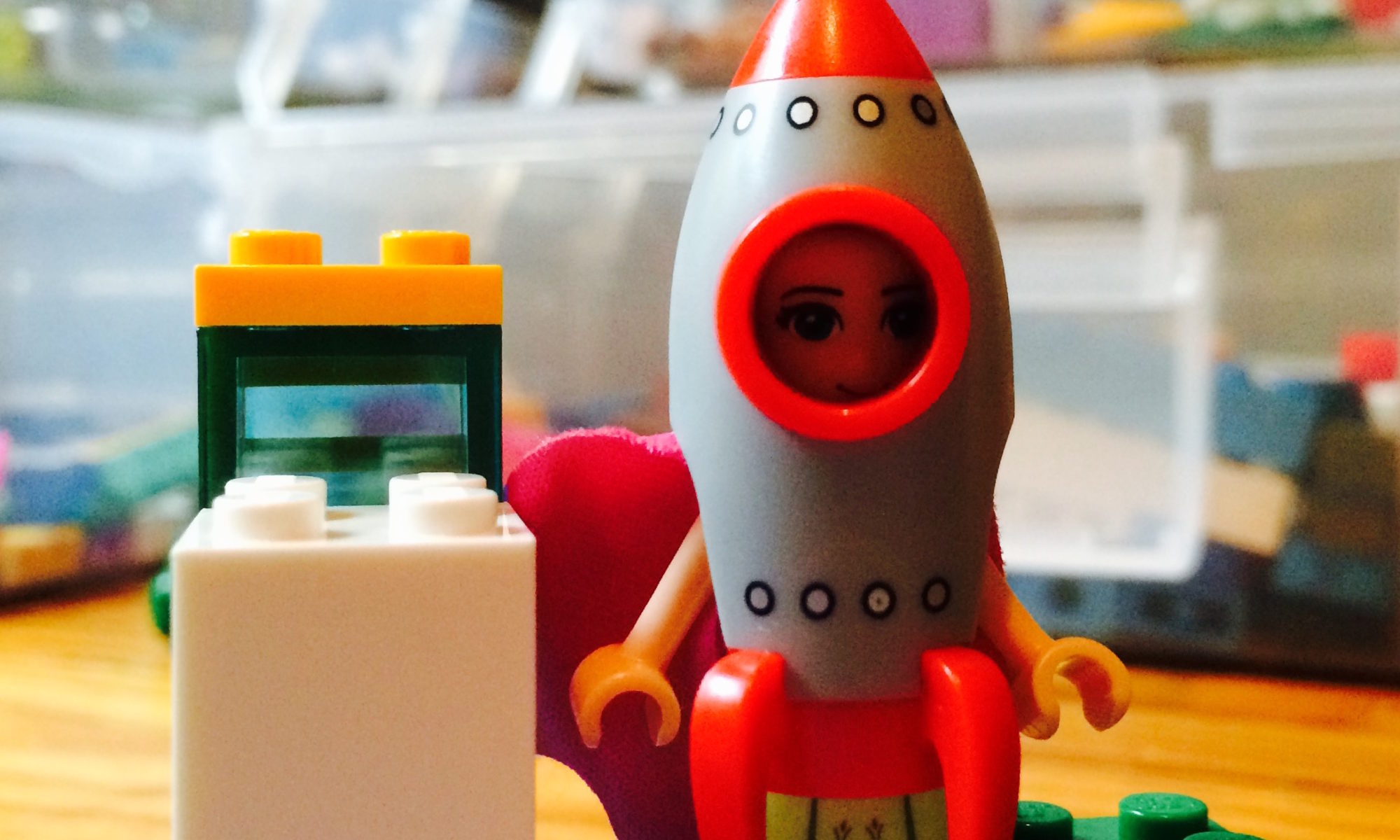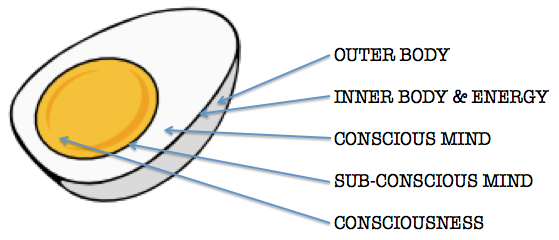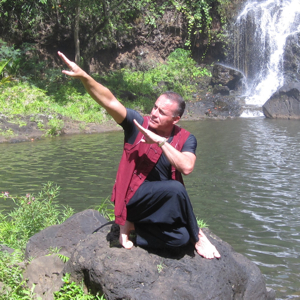I had a wonderful class this morning with a new student, who got an earful of information about how our mind works. Ms. V – this is for you, though I’ve expanded the egg “shell-white-yolk” analogy of our “body-mind-spirit” to include the space between the shell and the egg white, and between the white and yolk (see the picture). Since the shell and white are distinct from one another, regardless of how small, there is a “space” between them!
EGG SHELL
This represents our outer body: the aspect that protects and propels us; including the bones and muscles of our arms, legs, torso, neck and head: our energetically densest – or least conductive – physical parts.
Stretching exercises increase the strength, flexibility and range of motion of this part of us, and facilitate meditating for long periods of time.
SPACE (between the egg white and shell)
This represents our inner physical body & energy: the aspect that sustains and keeps us alive. Just as it takes fuel, air and heat to generate fire, we need food, water and energy to stay alive. These are our subtlest – or most energetically conductive – physical parts.
Breathing exercises massage and manipulate – clearing and regulating (calming) – the flow of physical and mental energy and blood, facilitating bodily function.
EGG WHITE
This represents our conscious mind: this is our control function; it’s the aspect of our mind that we’re aware of; it’s evidenced by two types of thought: i) cognitive thoughts (e.g., we use this part of our mind to solve math problems), and ii) the ones that just pop into our mind without invitation: our “monkey mind”; this part of our mind communicates using words; in fact, it’s the part of we use when we talk to ourselves!
Because we’re aware of our thoughts, they are denser (less energetically conductive) than our sub-conscious mind’s communication system.
Concentrating or focusing exercises train our conscious mind (our attention) on a single thing. Training our mind to “SIT” and observe our thoughts without analysis or judgment is a prerequisite for meditation, or getting it to “STAY”!
SPACE (between the yolk and egg white)
This represents our sub-conscious mind (aka our “lower”, or “reptilian” mind) which has three basic functions:
(i) sensory processing; our sub-conscious mind controls bodily function; this part of our mind has relatively limited cognitive capability, but it does have alligator-level intelligence and it can be programmed via repetition to remember things; this is where our habit “programs” are stored; when we sense something, this part of our mind receives and processes that info, and triggers a physical response;
(ii), memory storage; we carry around a mental image of every thought we’ve ever had. Let’s be thankful we’re NOT conscious of all of them all the time(!!); and
(iii) our sense of self, or the “I am” or sub-conscious portion of our ego.
Our sub-conscious mind does not communicate using words; rather, it uses sensations and images to get our attention – like a child, albeit an extremely talented one!
Since we can’t hear this part of our mind issuing the internal commands between our brain and toes to wiggle them, by definition, this part of our mind is energetically more subtle or conductive that our conscious or thinking mind.
Meditation, or practicing holding our conscious mind in “neutral” (i.e., holding it steady, correctly and without emotion) is a form of loving sacrifice (we could be doing ANYTHING else, yet we chose to sit, and give up the most valuable thing we have: time) – to sit with curiosity and compassion, listening attentively and patiently (like a doting grandparent listening to an excited 2-3 year old grandchild telling a story) to our otherwise sub-conscious fears and desires.
Meditation provides a safe environment in which to confront our fears and desires: to literally allow whatever is most energetically pressing on our sub-conscious mind to be heard or witnessed as directly as possible by consciousness (while our conscious mind is in “neutral”). While we can’t affect consciousness, it affects us; it’s infinitely patient and expresses itself as heightened intuition, truth, curiosity, compassion, and bliss.
EGG YOLK
This represents our consciousness; this aspect of our selves is literally of a different dimension than our physical body and non-physical mind. No amount of physical or mental effort or exercise will ever affect consciousness – however, maintaining a healthy body and mind allows consciousness (our “divine essence”) to shine or radiate through our body and mind more clearly.
Raja Yoga’s concentrating and meditating exercises are likened to polishing a clouded mirror: eventually, we clear our mind of sensations, memories and even our sense of individuality. The more often we vent our sub-conscious mind to un-cloud the mirror of our mind’s eye, the closer we come to witnessing the aspect of our selves that’s literally of a subtler dimension than our memories!
Our consciousness is often referred to as our spirit (as in body-mind-spirit); however, it’s not surprising that the message of the miracle of our consciousness has largely been lost over time:
- Raja Yoga predates any written language – at least in India;
- We don’t naturally perceive something that’s literally unperceivable;
- It’s esoteric: “a different dimension?! Wtf?! Yeah, no thanks!”
- The benefits of meditating or mind control aren’t as intuitive as physical control or exercise. We intuitively understand that we’ll be in better physical shape and feel better if we go for an hour’s walk every day – but sitting on the floor with our legs crossed – not so much!
The original yogic concept of consciousness (the awareness OF our thoughts) has morphed into the modern religious concept of a “soul” (something divinely intangible that mysteriously leaves our body/mind upon death). Christians believe that our or “soul” returns to God when our body/mind dies – assuming of course, we act in a manner pleasing to God while we’re here! “Heaven help you if you don’t!” is Christianity’s take on karma!
You say to-mato. I say to-moto.
I highly suggest not worrying about the hereafter and focusing on the now – because for all intents and purposes, your consciousness IS eternal – at least as far as your body/mind is concerned; it NEVER changes; nothing affects this aspect of you! It’s bullet proof!
MEDITATE WITH LOVE & DEVOTION
Meditation is the predecessor of modern prayer. One of my teachers holds an image of his understanding of God in his mind as he trains and calms his thoughts.
Holding your body upright, settle yourself physically and mentally, sit still and comfortably, breathe rhythmically, deeply and subtly – try not to hear words in your mind – just images and sensations – and allow your sub-conscious mind to vent its most pressing fears and desires – to be “heard” with compassion and curiosity – and without judgment – by your still, calm, and eternal consciousness.
Remember that the two parts of our mind are inextricable parts of us – not unlike petals and a stem are both integral parts of a flower: both the have the flower’s overall wellbeing at heart! The trick is to get our conscious and sub-conscious mind to work together! Unfortunately, left to their own, there’s rarely a balance between our heart and our head, causing stress, anxiety and tension to manifest mentally and physically.
Like a child that doesn’t feel heard: our sub-conscious mind will keep screaming until she gets our attention!! Show your inner child (your sub-conscious mind – a part of YOU) some love: meditate. You’ll be glad you did.
September class schedule


